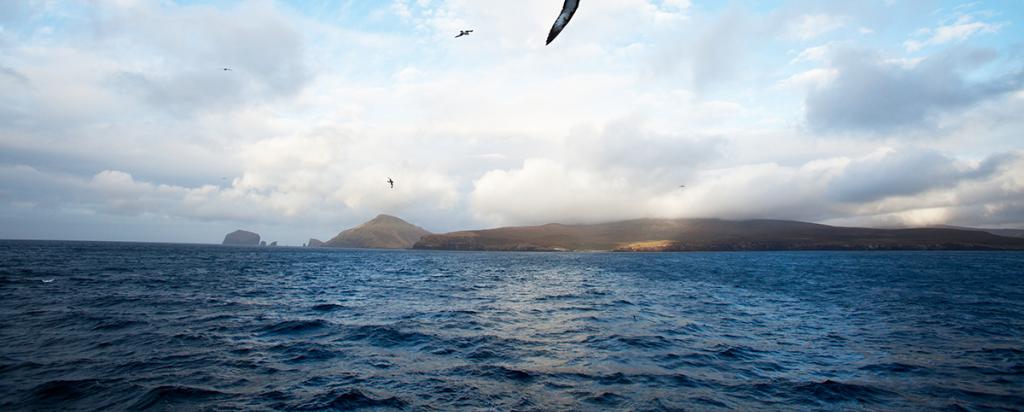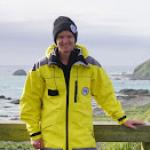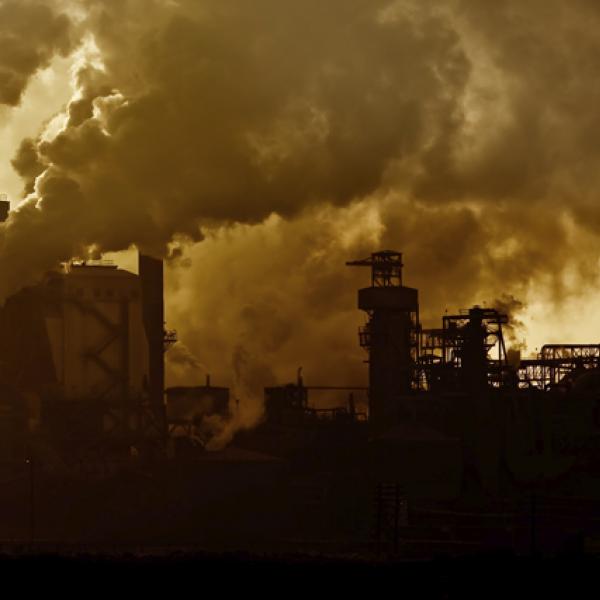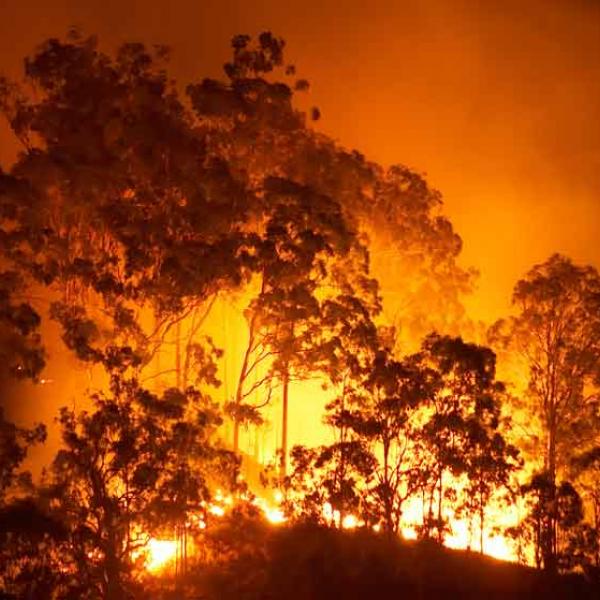
Key Points
-
An Australian Research Council Discovery Project grant to investigate how environmental change and human activities since industrialisation have impacted the transport and deposition of toxic metals on the south coast of Australia, Tasmania, and the remote Southern Ocean islands
-
ANSTO environmental scientists are principal investigators in the project, which is being led by ANU
-
They will use nuclear techniques on environmental proxies and atmospheric modelling to gain inisghts
Two ANSTO environmental scientists are part of a large team led by the Australian National University (ANU), who have received an Australian Research Council Discovery Project grant to investigate how environmental change and human activities since industrialisation have impacted the transport and deposition of toxic metals on the south coast of Australia, Tasmania, and remote Southern Ocean islands.
Principal Investigator Dr Krystyna Saunders, a specialist in reconstructing past climates and ecosystems from sedimentary lake records who is leading the Southern ocean Islands and Antarctica project at ANSTO, and Principal Investigator Dr Alan Griffiths, who develops models of atmospheric mixing and transport in the lower atmosphere using radon data, will participate in the project led by Chief Investigator, Dr Larissa Schneider from the ANU, the founder and convenor of Mercury Australia.
Prof Simon Haberle of ANU, a distinguished palaeoecologist and geochemist, is also a Chief Investigator on the studyto fill gaps in understanding the transport and deposition of the toxic metal mercury using a state-of-the-art multidisciplinary methodology including the role of sea salt aerosols and hemispheric-scale wind patterns.
Climate and environmental scientists from the British Antarctic Survey (UK), and the University of Tianjin (China) are also collaborating on the project.
The research is expected to develop a novel palaeo-atmospheric model that can be applied in other parts of the world.
As the fate of toxic metals deposited in soils, and freshwater and ocean sediments in the Asia Pacific region is not fully known, lake sediments provide an ideal archive of long-range atmospheric pollution.
They can be used as an early warning sign of dangerous levels of mercury contamination before they impact human health, as well as aquatic and terrestrial animals and organisms.
With an atmospheric lifetime of up to one year, mercury can travel long distances from industrial sources and contaminate remote areas of Australia, the Southern Ocean and Antarctica.
Using lake sediment cores from southeast Australia, Tasmania and World Heritage Macquarie Island, the researchers will measure long-range toxic metal contamination by mercury, arsenic, cadmium, and lead and examine their sources.
“These environmental proxies are an important source of information because they can be used to reconstruct long-term historic emissions, wind strength, and the production of radicals by sea spray and their effect on the cycling and deposition of toxic metals into the environment,” explained Dr Saunders.
X-ray fluorescence scanning using the ITRAX core scanner at ANSTO will provide optical and X-ray images of the sediment cores and supporting geochemical data of the contaminants in the cores.
Investigators will compare data from contaminated sites in mainland Australia to remote, and supposedly pristine islands in the Southern Ocean, to discriminate between local versus long-distance metal contamination, and between natural and anthropogenic sources through time.
Using his considerable experience in modelling the transport of radon, Dr Griffiths will be contributing to the development of an atmospheric transport model to establish the most likely source regions of toxic metals and their transport to mainland Australia and its Southern Ocean islands.
The investigators hypothesise that recent increases in wind strength and an increase in the production of sea spray aerosols have influenced natural mercury transport and deposition process.
The Southern Ocean has been known to have been relatively protected against pollutants from other continents because the Southern Hemisphere Westerly Winds acts as a barrier.
However, since the mid-1960s a marked shift in air transport there has resulted in a decline in the blocking mechanism.
“Consequently, anthropogenic toxic metals from other continents may now theoretically be able to travel further southwards into the Southern Ocean islands,” said Dr Griffiths.
Investigators hope to provide significant science-based evidence to support the potential ratification of the Minamata Convention on Mercury and inform the development of new regulations to reduce environmental/health risks from metal pollution.





